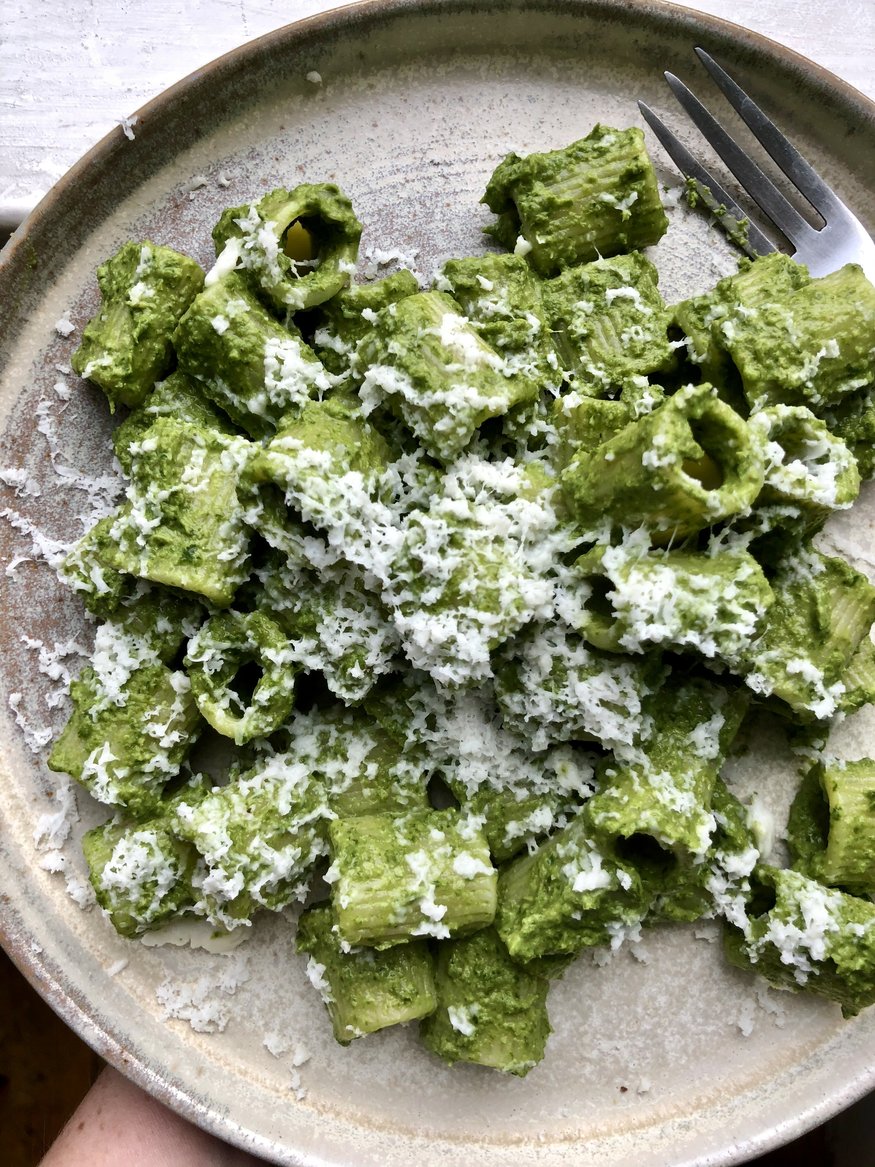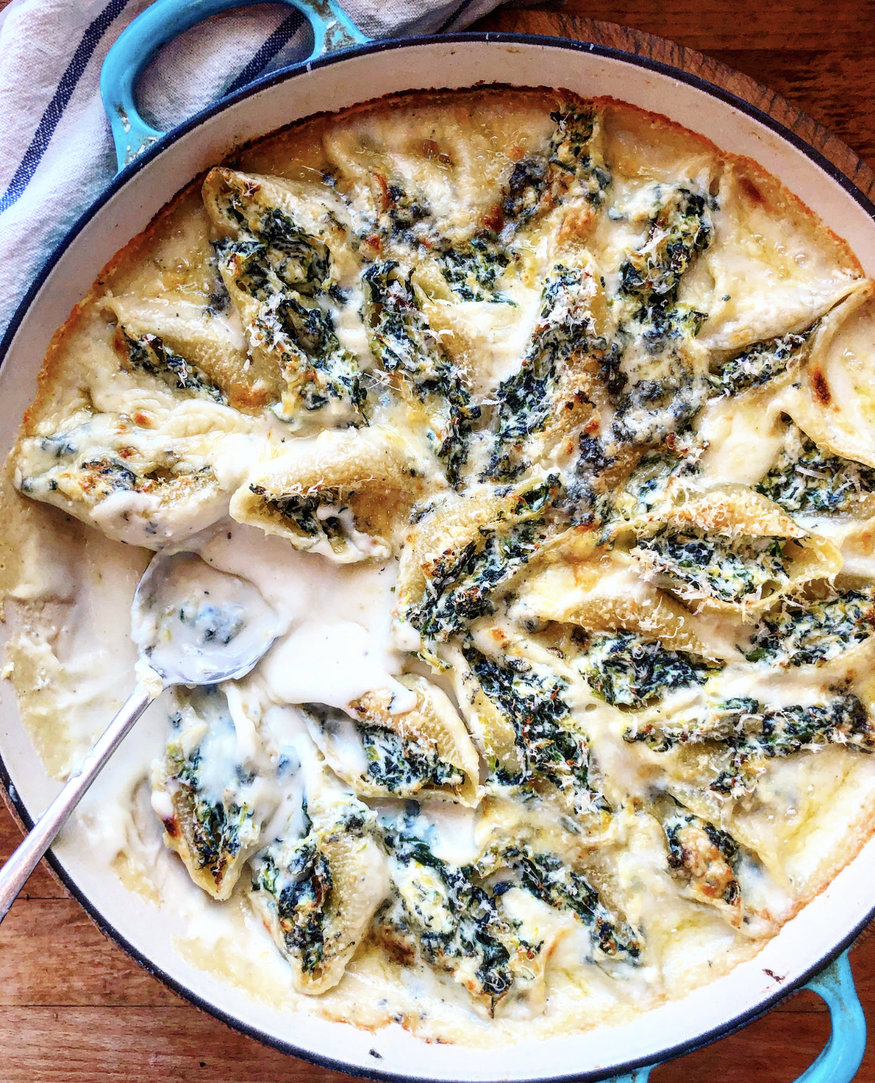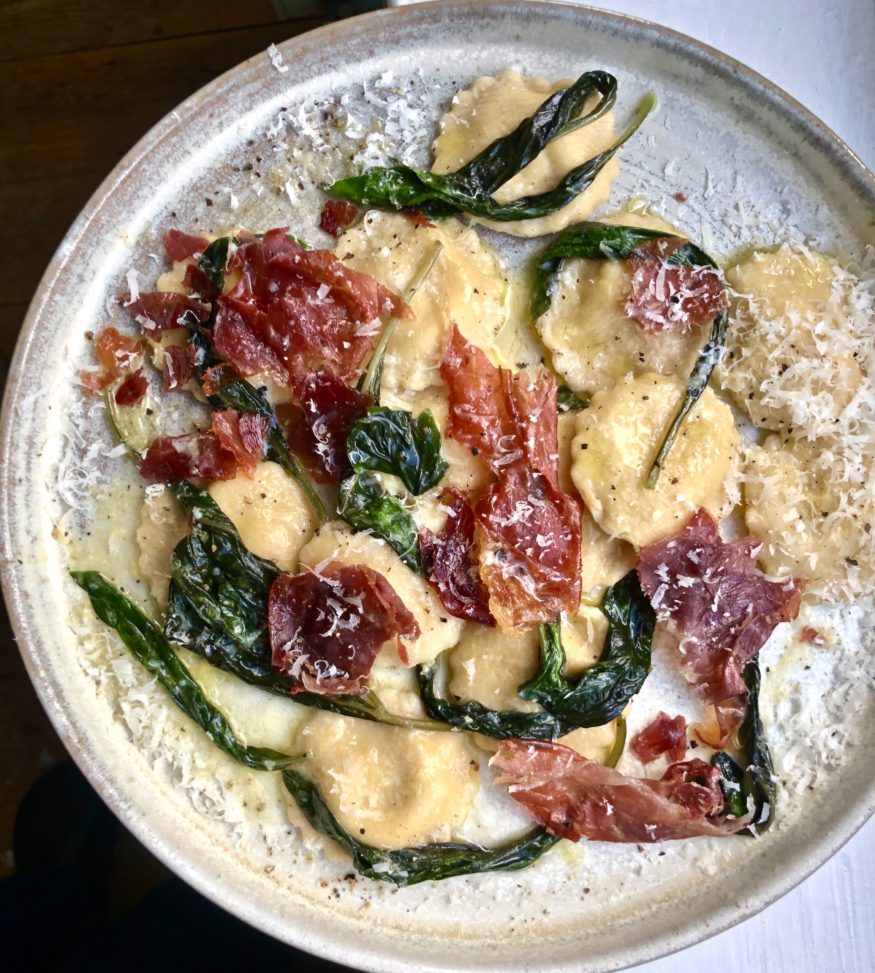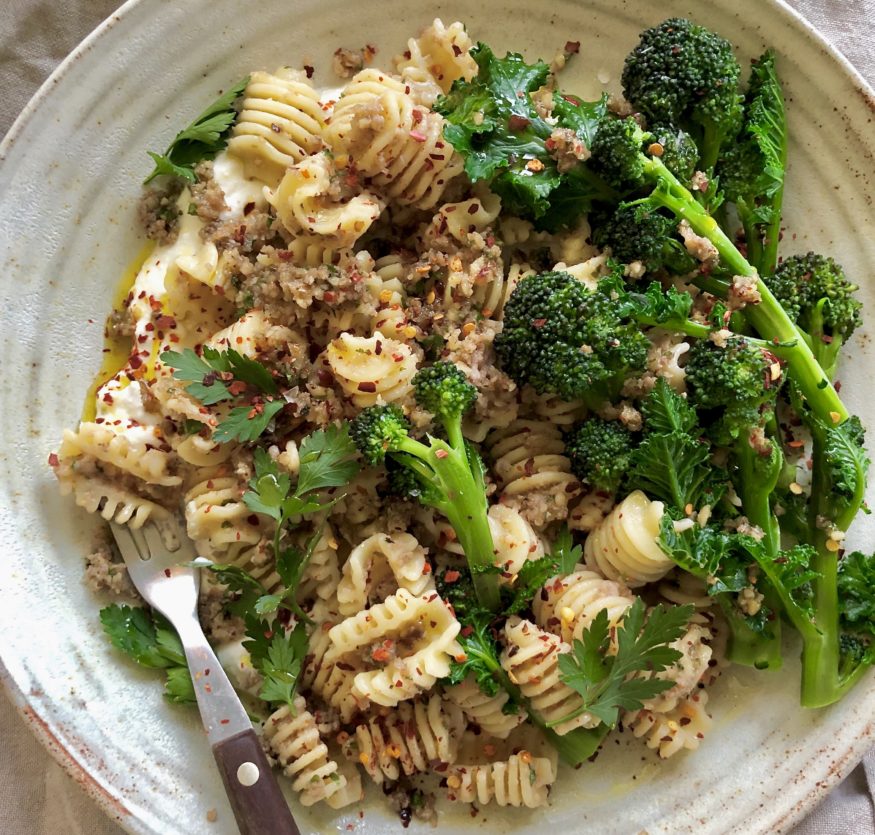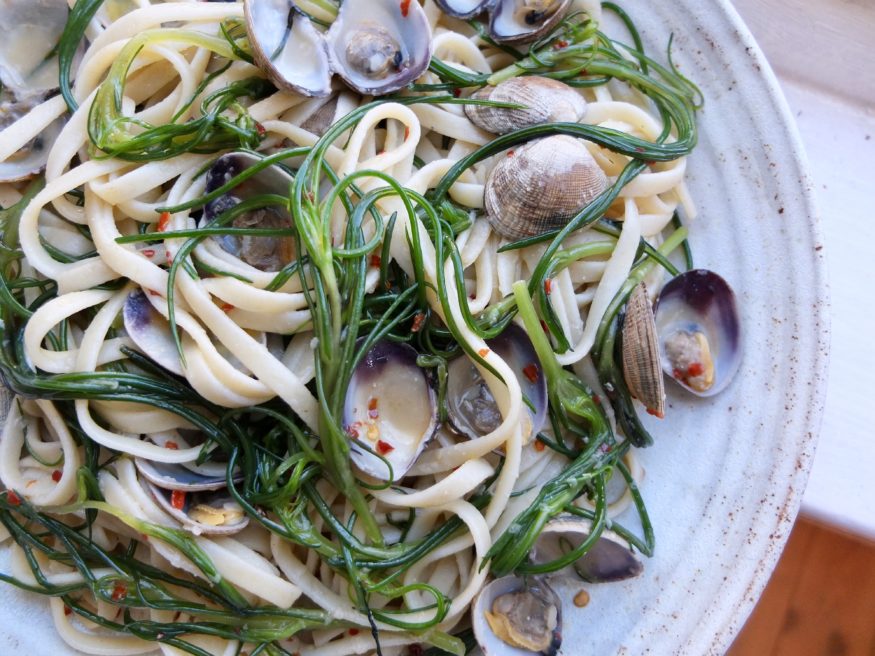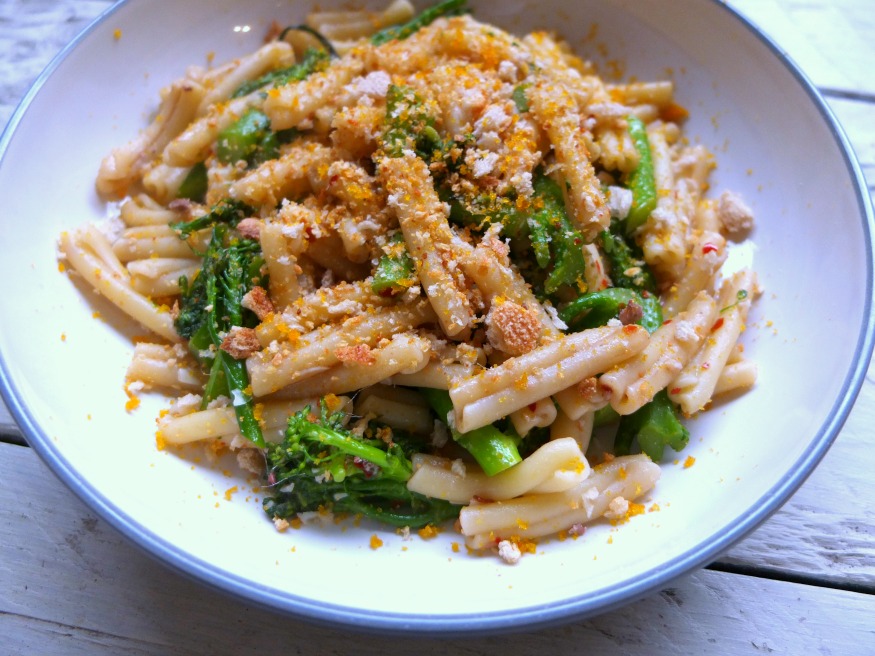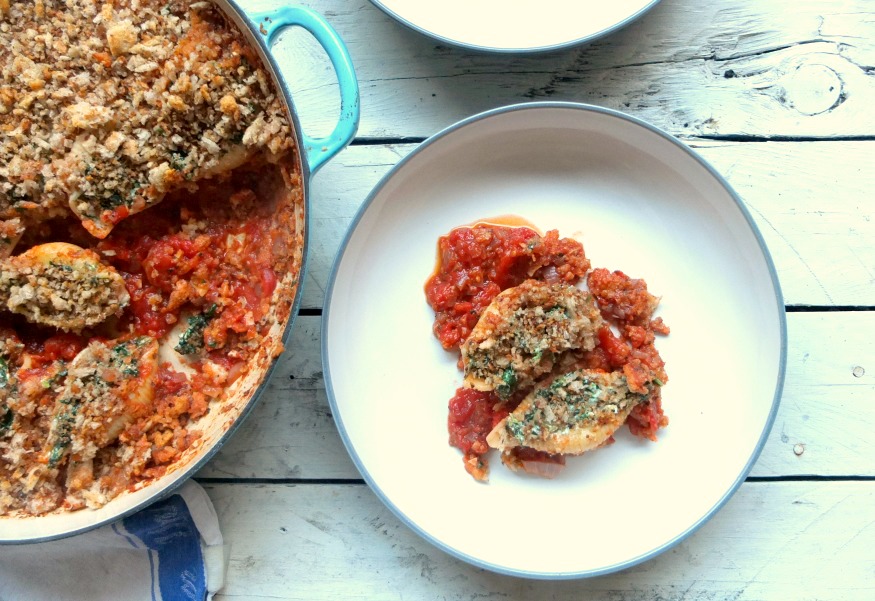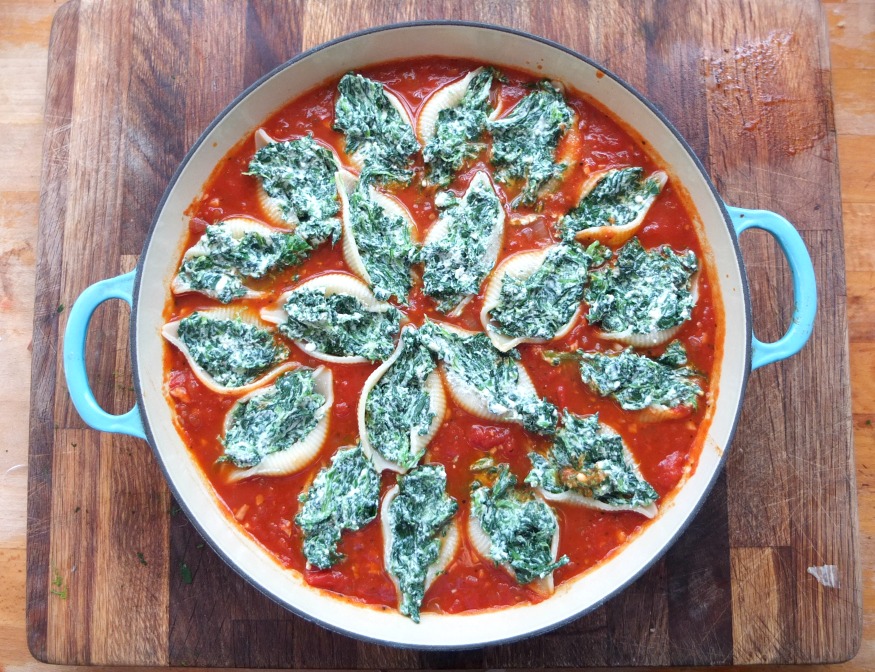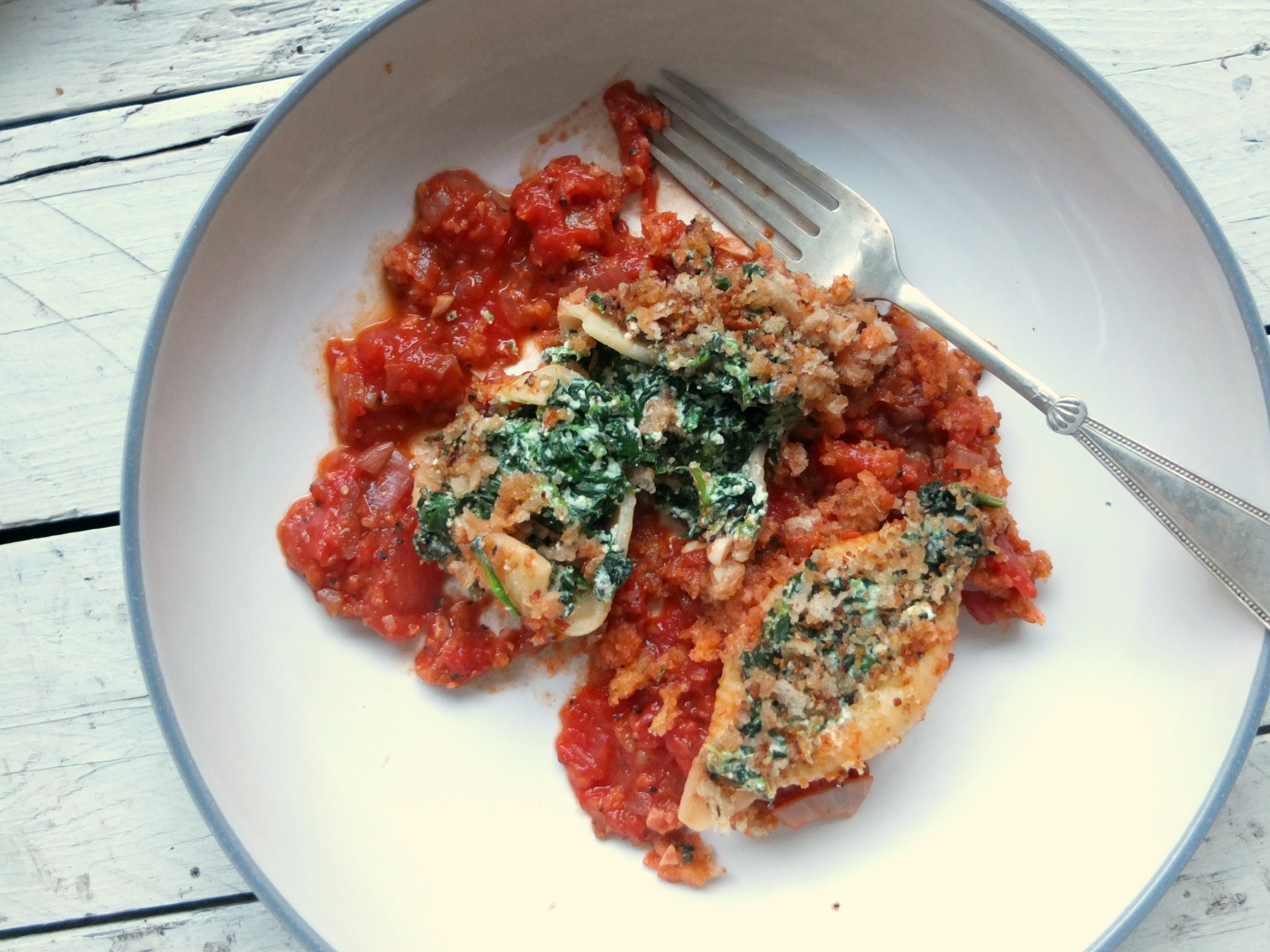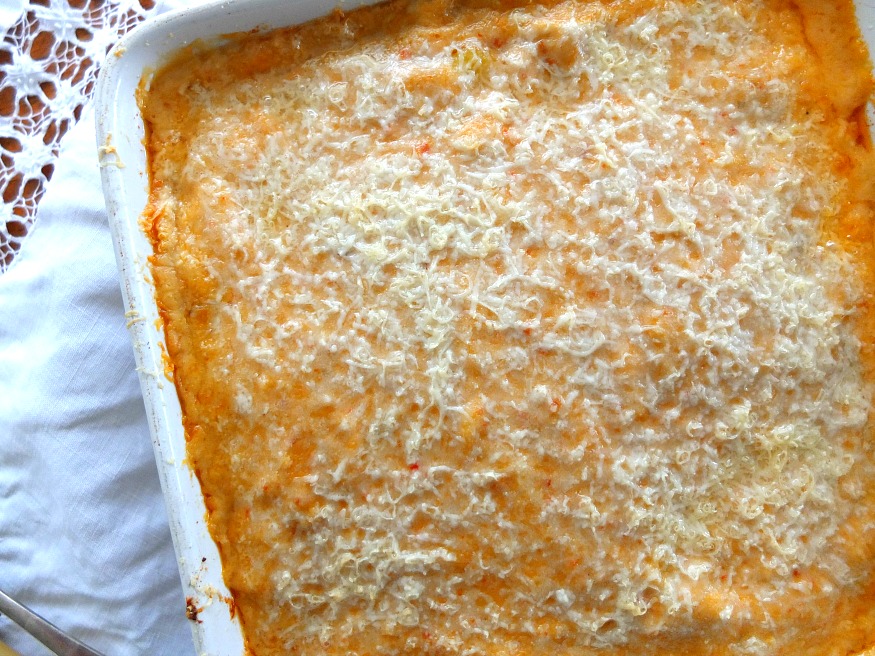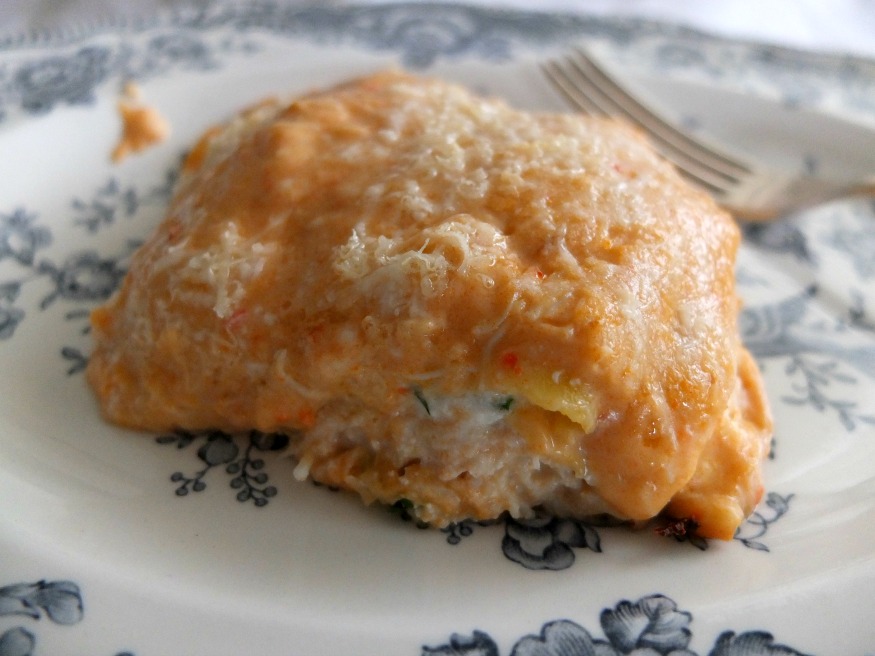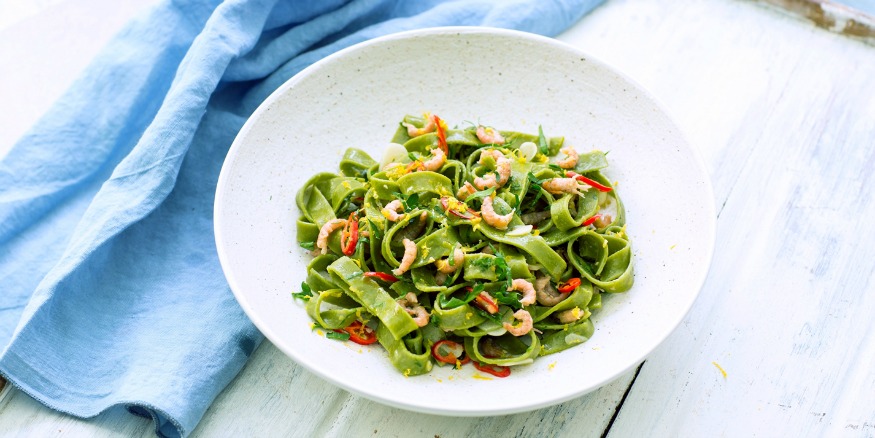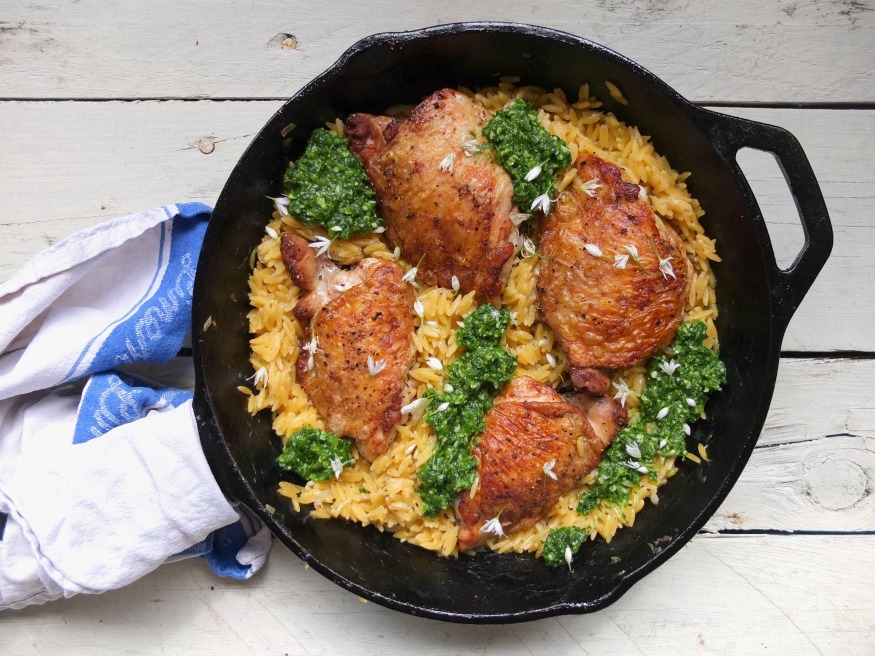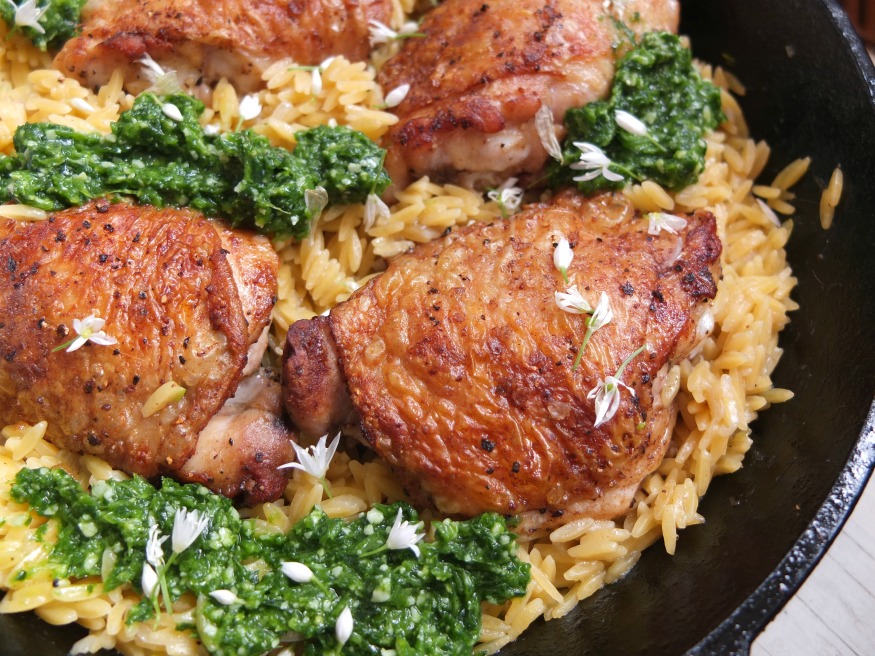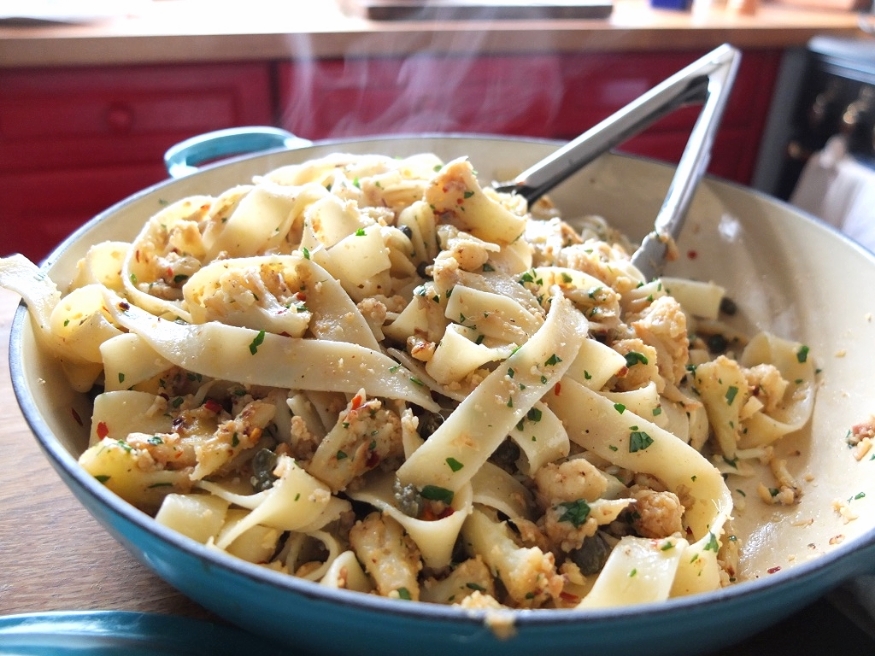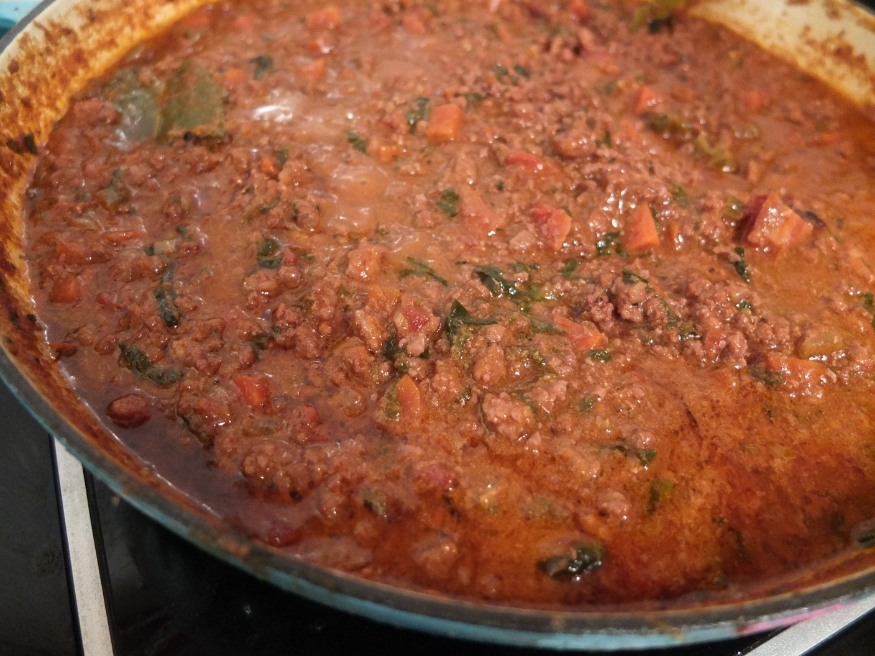
You give me the richest ragu/That’s why I’m in love with you.
Those are Sade lyrics, in case I’ve lost any of my younger readers. She loved ragu, apparently. Couldn’t get enough.
This recipe is from Kenji Lopez-Alt’s book The Food Lab. In case you don’t know him, he writes The Food Lab column for Serious Eats and is also their Culinary Director, whatever that means. Sounds good though, doesn’t it? We’re huge Kenji fans in this house, so much so that we considered building a shrine to him in our living room. Possibly.
His ‘thing’ is that he does lots of recipe testing, to the point where he’s comparing 30 eggs boiled for 30 seconds more each time, side by side, to see which is the best, and he delves into the science of cooking in a Harold McGee kinda way.
I wanted something I could get ready ahead of time since I had friends coming over, so gave his ragu recipe a go. It was fabulous, and had incredible depth of flavour, which is unsurprising considering it contained a paste consisting of anchovies, Marmite, soy sauce and chicken livers, and three kinds of meat. I also went to town with the quality of the ingredients, using Strianese tomatoes, the best Parmesan and hugely expensive pasta. It turns out that last move was a mistake.
Are you hungry? I asked my guests at around the 7.30pm mark. Yes, yes they were. “Magnificent!” I said, and proceeded to be very clever by adding my massively posh pasta to a pan of boiling water. Except it wouldn’t cook. It wouldn’t cook for like, an hour. Maybe more. Those attractive belts of flour and egg which had looked so appealing on the shelf turned into fat flaps of gummy gluten that just would not soften. We ate at around 9pm, after separating the pasta into two separate pans and burning ourselves twice. Someone was so hungry they went to the shop for spaghetti. “No!” I said, shaking from hypoglycaemia, “NO”. We will eat this f*cking clown shoes pasta, mainly because it cost me a tenner.” And so my friends suffered because I can’t control myself in expensive food shops.
Anyway, the ragu is fabulous and you must make it. I’ll admit that the blended chicken livers have one of the most unnerving textures I have ever come across in the kitchen, but you’ll just have to deal. This is an excellent recipe even if it is 100% faffier than any other ragu recipe you’ve ever made. I should also say that it took four hours to cook down, not two as stated in the recipe, which is quite a significant difference. One for the weekend.
Ragu Recipe
This recipe is from The Food Lab cookbook by Kenji Lopez-Alt, published by W.W Norton & Company. I halved the quantities in the recipe and converted them from American measurements, in some cases adjusting them very slightly. I also like to serve it with a gremolata (chopped lemon zest and parsley) which adds some freshness. The original recipe was for 8-10 servings, although I found this half quantity served 8, and you know how much pasta I can eat (at least 300g on my own. What?).
60g chicken livers
2 anchovy fillets (more if they’re titchy, mine were a good size)
1/2 teaspoon Marmite
1/2 tablespoon soy sauce
250ml milk
125ml cream (Kenji specifies heavy cream but I used single cream)
250ml beef stock (Kenji specified chicken but I bought beef because I hadn’t written it down correctly)
1/2 packet powdered gelatin (haven’t looked into why he uses powdered)
30ml extra virgin olive oil
2 cloves garlic, grated or crushed
1 teaspoon dried oregano
Large pinch dried chilli flakes
Around 400g tinned tomatoes (I used slightly more in the end)
100g pancetta, diced
1/2 large onion, diced
1 carrot, diced
1.5 stalks celery, diced
2 tablespoons unsalted butter
225g minced lamb
225g minced pork
225g minced beef (Kenji said veal but I couldn’t get it)
8-10 sage leaves, chopped
1/2 bottle red wine
2 bay leaves
Handful basil, chopped
Handful parsley, chopped
1/2 tablespoon fish sauce
50g Parmesan, grated
Phew.
In a food processor, whiz up the chicken livers, Marmite, anchovies and soy. Set aside. In a bowl, combine cream, milk, stock and gelatin. Set aside.
Heat two tablespoons of the oil in a medium saucepan over a medium-high heat until shimmering. Add garlic, oregano, chilli flakes and cook for around 1 minute, stirring. Add tomatoes, with their juice and bring to boil over high heat. reduce to simmer and cook until liquid has reduced by about half. Set aside.
Combine remaining two tablespoons of oil in a large pot with a lid (you will cook the ragu in this) and cook the pancetta for around 6 mins until the fat is translucent. Add onions, carrots, celery and cook until softened but not browned. Transfer to a bowl.
Return the pan to the heat and add the butter, heat until the foaming subsides. Add the three meats and the sage and cook until meat is no longer pink (don’t brown it). Add livers mixture. Stir. Cook for five minutes. Add pancetta mixture. Stir. Add wine. Stir. Bring to boil, then simmer until wine is reduced by half.
Blend tomato sauce until smooth (easiest with stick blender). Add tomato sauce, cream mixture, bay leaves, half the basil and half the parsley to the pot. Stir. Bring to boil, reduce to very gentle simmer. Cover with lid left with slight gap. Cook for two hours. I cooked for two hours, then found it needed two more, one with the lid off. Use your instinct.
Add fish sauce and Parmesan. Season to taste. Remove from heat to cook for 30 minutes. Stir in remaining basil and parsley. Serve with sensible pasta and a gremolata of equal amounts chopped parsley and lemon zest.
